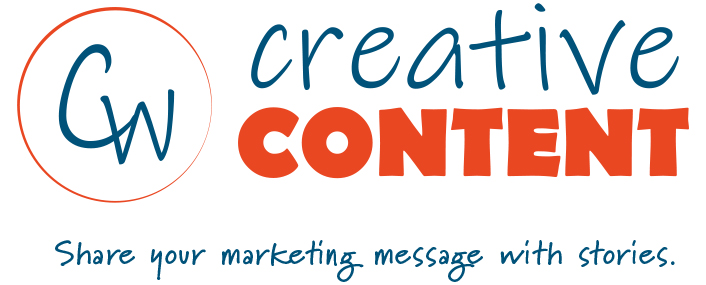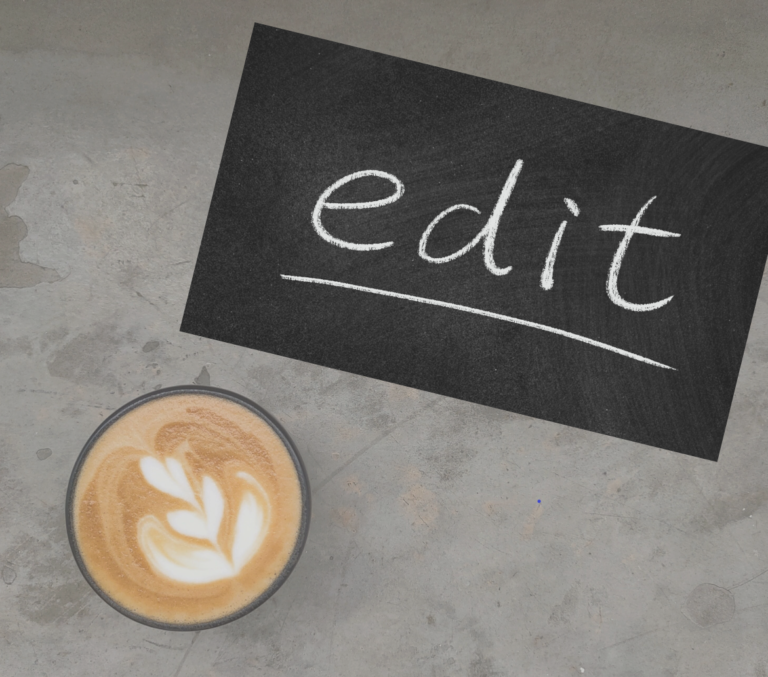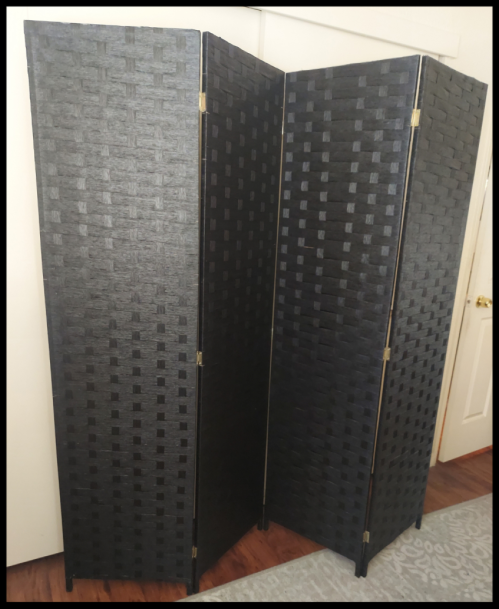Red pens are my favorite tools to use for proofreading!
Proofreading is more than just looking for misspellings. It’s also looking for missing punctuation. Or sometimes, as in the sentence below, punctuation that
should NOT be there.
“Panda. Large black-and-white bear-like mammal, native to China. Eats, shoots and leaves.”
Remove the comma from that last sentence and you get a COMPLETELY
different meaning!
(Lynne Truss, an English writer/broadcaster who published a book on punctuation in 2004, used this hilarious phrase as the title of her best-selling book – Eats, Shoots & Leaves: The Zero Tolerance Approach to Punctuation.)
Mistakes like this are funny to read about, but NOT so funny when they happen in your own content … especially when you’re trying to impress potential clients who
visit your website or receive your emails.
Take the time to re-read things you’ve written before going to press or hitting
“Send” on your computer. Especially if it’s for a project you’ve been working on for hours – or days!
Proofreading “small stuff” (like text messages) is important too. Auto-correct is NOT always your friend!
(Several years ago, auto-correct kept changing my message to say I was taking a
detour to Hawaii … instead of H Street, a few blocks from where I was driving at
the time.)
You probably have some funny auto-correct stories of your own.
The bottom line is this:
PROOFREADING IS A STEP YOU CAN’T AFFORD TO SKIP.
If you DO skip it (maybe to save time?), you risk:

missing the chance to make a good first impression on someone who’s visiting your website for the first time
OR

upsetting a current client by misspelling their name, their company’s brand name, or some other important piece of info.
The tips I’m sharing have come in handy with my own proofreading, so I’m sure they’ll help you too.
3 PROOFREADING TIPS
> Print out a hard copy of the content you plan to proofread. But first, change the paragraph line setting to double-spaced (easier for making notes).
> Read the content OUT LOUD, at a normal pace.
> Read it again – SLOWLY this time. (Pay special attention to duplicate or missing words like “a” or “the” – common words our brains tend to gloss over, making us think we read them correctly.)
2 THINGS TO AVOID
> DO NOT rely on spell-check (those wavy red lines) to catch spelling errors. If you used the word “bare” instead of “bear” in the phrase “I can’t bare the thought of …,” spell check wouldn’t flag “bare” since it IS a word. It’s just not the right word!
> DO NOT rely on grammar-check for proper usage of words in your content. It might catch a mistake like the one in the previous example, but it might also flag wording that is written exactly the way you intended it to read! When that happens, feel free to ignore those wavy blue lines.
3 GRAMMAR TIPS
it’s vs. its
It’s is a contraction that stands for “it is.” Its refers to something that belongs to an inanimate object (an “it”). Change “it’s” to “it is” in a sentence to see if you’re using the right word. If it still makes sense, you’re using it correctly.
stationary vs. stationery
Stationary with an “a” refers to something that stays in one place. Stationery
with an “e” refers to paper you write letters on. My trick for knowing which is
which: if a phrase involves something that stays in one place, I know that
stationary is the right word … since both of those have an “a” near the end of the word.
principal vs. principle
Principal is usually used when referring to the head of a school or the main point
of something. (“The school principal explained the principal reasons we need to
follow the rules.”) Principle refers to a rule or code of doctrine. Just remember
that PRINCIPAL is a person or the “main point.”
The best grammar tip of all is this:
When in doubt, USE A DICTIONARY! I guarantee that keeping a dictionary
handy when you sit down to proofread will soon become a “no-brainer.”
* * *
Proofreading may not seem relevant to being creative, but think of it like this.
Errors in your content make it harder for readers
to grasp the message you’re trying to convey.
That should be reason enough to add the task of proofreading to your list of “to-do’s” for your next project.








